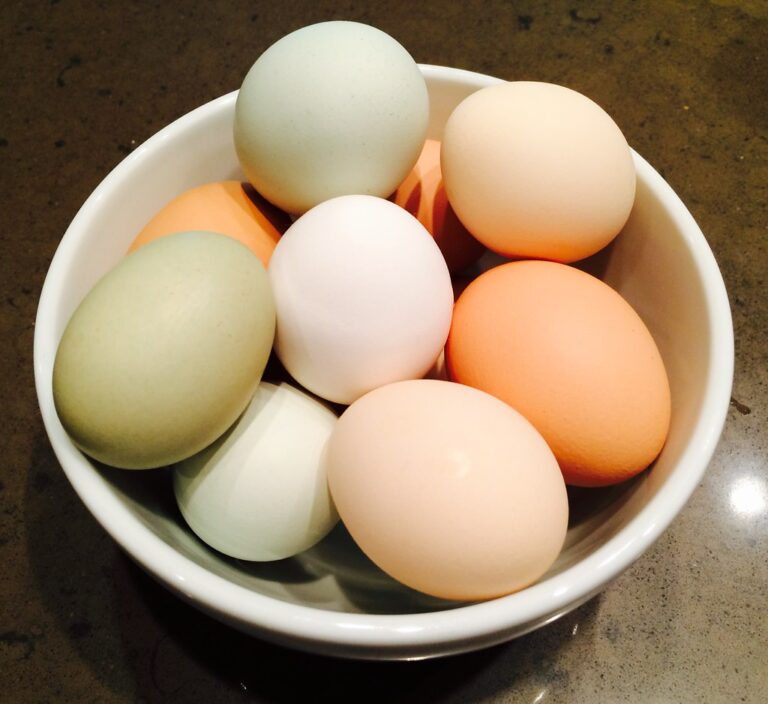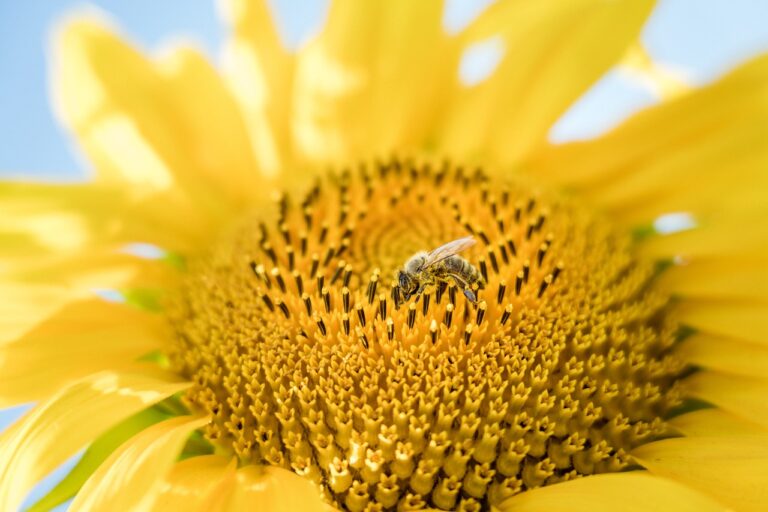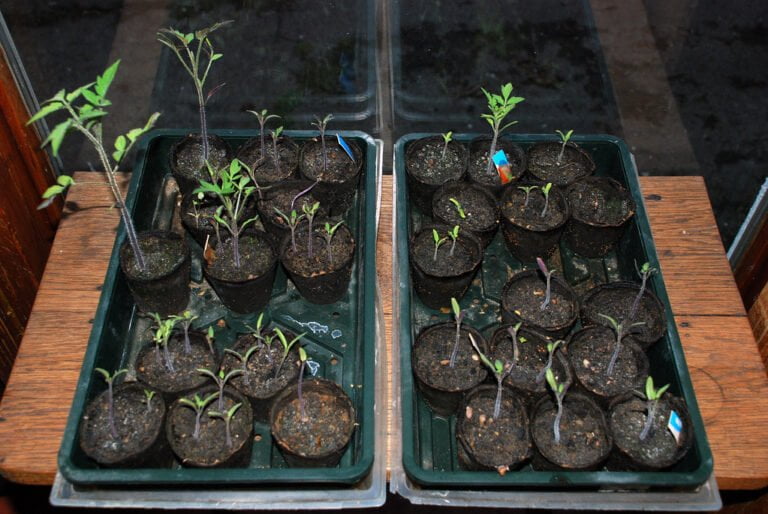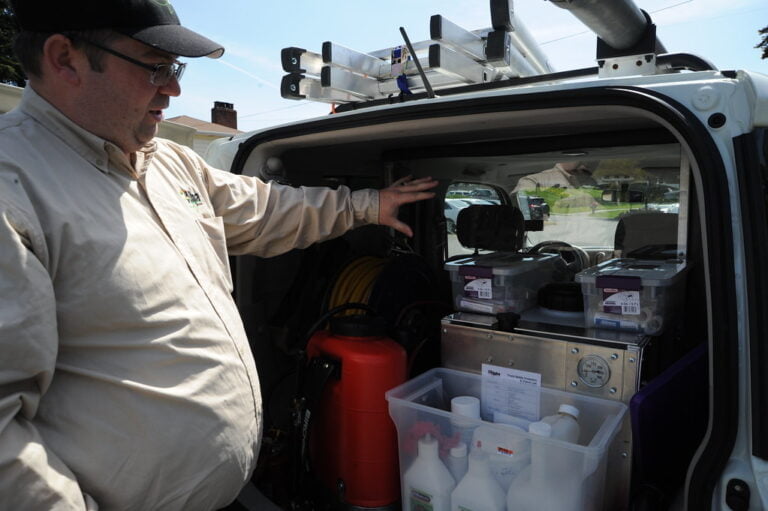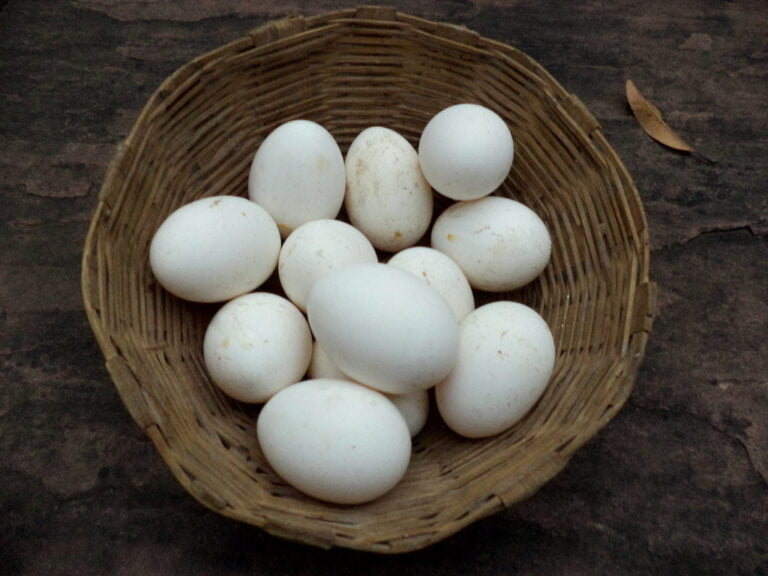Understanding the Best Time to Plant Tomatoes in Georgia
Are you ready to start planting tomatoes in Georgia? Knowing the best time to plant is crucial for a successful harvest. In this article, we'll guide you through the process, from understanding average frost dates to choosing the right tomato varieties. We'll also cover soil preparation, temperature requirements, and sunlight considerations. With our practical tips and experienced advice, you'll be equipped to plant your tomatoes at the perfect time and enjoy a bountiful crop. Let's get started!
Average Frost Dates in Georgia
To determine the best time to plant tomatoes in Georgia, you should start by considering the average frost dates in your area. Knowing when the last frost typically occurs in spring and when the first frost typically occurs in fall is crucial for successful tomato cultivation. In Georgia, the average last spring frost date ranges from early to late March, depending on your specific location. As for the first fall frost, it usually arrives between late October and early November. By understanding these average frost dates, you can plan your tomato planting accordingly. Planting too early can expose your plants to frost damage, while planting too late can limit their growth potential. So, take the time to research and determine the average frost dates in your area before you start planting your tomatoes in Georgia.
Understanding Tomato Varieties
Choose from a variety of tomato types that thrive in Georgia's climate and soil conditions. When selecting tomato varieties for your garden, it's important to consider factors such as disease resistance, fruit size, and flavor. One popular tomato variety in Georgia is the 'Better Boy', known for its large, juicy fruits and resistance to diseases like verticillium and fusarium wilt. Another great option is the 'Celebrity' tomato, which produces medium-sized fruits that are resistant to cracking. For those looking for a smaller, cherry tomato variety, 'Sweet 100' is a popular choice. It offers an abundance of sweet, bite-sized tomatoes that are perfect for snacking or adding to salads. Lastly, if you prefer heirloom varieties, 'Brandywine' is a classic choice with large, flavorful fruits. Whatever tomato variety you choose, be sure to consider your specific needs and preferences to ensure a successful harvest.
Soil Preparation for Tomato Planting
Now is the time to prepare your soil for planting tomatoes in Georgia. To ensure a successful tomato harvest, it is crucial to properly prepare your soil. Start by clearing the planting area of any weeds, rocks, or debris. Then, loosen the soil with a garden fork or tiller to a depth of about 6-8 inches. Next, incorporate organic matter, such as compost or well-rotted manure, into the soil to improve its fertility and drainage. Aim to have a soil pH level between 6.0 and 6.8, as tomatoes thrive in slightly acidic conditions. You can adjust the pH level by adding lime to raise it or sulfur to lower it. Finally, consider conducting a soil test to determine the nutrient deficiencies and amend accordingly. By preparing your soil adequately, you will set the stage for healthy and productive tomato plants.
Temperature Requirements for Tomato Growth
Ensure that your tomato plants thrive by understanding their temperature requirements. Tomatoes are warm-season plants that require specific temperature ranges for optimal growth. The ideal temperature for tomato seed germination is between 65°F and 85°F. Once the seedlings have sprouted, they should be kept in an environment with temperatures ranging from 70°F to 75°F during the day and slightly cooler temperatures, around 60°F to 65°F, at night. When transplanting your tomato seedlings into the garden, wait until the soil temperature has reached at least 60°F. Tomato plants thrive in daytime temperatures ranging from 70°F to 85°F, with nighttime temperatures between 60°F and 70°F. Temperatures above 90°F can cause heat stress and reduce fruit set, while temperatures below 50°F can stunt growth and lead to frost damage. By monitoring and maintaining the appropriate temperature ranges, you can ensure healthy and productive tomato plants.
Sunlight and Shade Considerations
To optimize the growth of your tomato plants, it is important to consider the amount of sunlight and shade they will receive. Tomatoes thrive in full sunlight, which is defined as at least six hours of direct sunlight each day. When choosing a location for your tomato plants, look for an area in your garden that receives the most sunlight throughout the day. Avoid planting them near large trees or buildings that may cast shadows and limit the amount of sunlight they receive. Adequate sunlight is crucial for the photosynthesis process, which allows the plants to convert sunlight into energy. Insufficient sunlight can lead to weak and leggy plants, as well as a decrease in fruit production. By ensuring your tomato plants receive ample sunlight, you give them the best chance to grow and produce a bountiful harvest.
Watering and Irrigation Tips
Once you have considered the amount of sunlight and shade your tomato plants will receive, it's important to focus on proper watering and irrigation techniques. Tomato plants require consistent moisture to thrive, especially during hot Georgia summers. When it comes to watering, the key is to strike a balance between overwatering and underwatering. Overwatering can lead to root rot and other diseases, while underwatering can result in stunted growth and smaller fruit. It's best to water deeply and infrequently, providing approximately 1-1.5 inches of water per week. This can be achieved through a combination of rainfall and supplemental irrigation. To ensure efficient watering, use drip irrigation or soaker hoses placed near the base of the plants. Avoid watering the leaves as this can promote disease. Regularly check the soil moisture level by sticking your finger about an inch into the soil. If it feels dry, it's time to water. By following these watering and irrigation tips, you'll give your tomato plants the best chance for healthy growth and abundant harvest.
Choosing the Right Tomato Seedlings
When choosing the right tomato seedlings, it's important to consider factors such as variety, disease resistance, and the specific needs of your garden. Start by selecting a tomato variety that suits your taste preferences and growing conditions. Determinate varieties are compact and ideal for small spaces, while indeterminate varieties grow tall and require support. Look for seedlings labeled with disease resistance codes, such as VFN for resistance to Verticillium wilt, Fusarium wilt, and nematodes. This will help protect your plants from common tomato diseases. Additionally, consider your garden's specific needs, such as sunlight availability and soil type. Choose seedlings that are well-rooted and have healthy green leaves. Avoid leggy or spindly plants. By carefully selecting your tomato seedlings, you can set your garden up for success and enjoy a bountiful harvest.
Planting Techniques for Tomato Transplants
First, prepare your garden bed before planting tomato transplants in Georgia. Start by removing any weeds or debris from the area. Loosen the soil using a garden fork or tiller to a depth of about 12 inches. This will help the roots penetrate the soil easily. Next, enrich the soil with organic matter such as compost or well-rotted manure. Mix it thoroughly with the existing soil to improve drainage and fertility. Once the bed is prepared, dig planting holes that are deep enough to accommodate the root ball of the tomato transplant. Space the holes about 2 to 3 feet apart to allow for proper air circulation and prevent overcrowding. Gently remove the tomato transplant from its container, being careful not to damage the roots. Place it in the hole and fill the surrounding soil, firming it gently around the base of the plant. Water the transplants thoroughly to settle the soil and ensure good root-to-soil contact. Finally, provide support for the tomato plants by installing stakes or tomato cages to keep them upright as they grow.
Mulching and Weed Control Methods
To effectively control weeds and provide moisture retention, mulching is an essential step in maintaining healthy tomato plants in Georgia. Mulching not only helps to prevent weed growth but also conserves moisture in the soil, reducing the need for frequent watering. When choosing mulch for your tomato plants, organic materials like straw, shredded leaves, or compost work best. Apply a layer of mulch around the base of the plants, making sure to leave a small gap around the stem to prevent rot. Mulching also helps to regulate soil temperature, keeping it cooler in the summer and warmer in the winter. Additionally, it acts as a barrier, preventing soil-borne diseases from splashing onto the lower leaves. By mulching your tomato plants, you'll enjoy healthier plants and a bountiful harvest.
Best Practices for Tomato Care and Maintenance
For optimal growth and productivity of your tomato plants in Georgia, it is important to follow best practices for care and maintenance. First, ensure that your tomatoes receive at least 6-8 hours of direct sunlight each day. This will help them develop strong stems and produce flavorful fruits. Next, water your plants deeply and consistently, aiming to keep the soil evenly moist but not waterlogged. Mulching around the base of the plants can help retain moisture and control weeds. Regularly inspect your plants for pests and diseases, such as aphids or early blight, and take appropriate measures to control them. Pruning is also crucial to promote air circulation and prevent the spread of diseases. Finally, provide support for your tomato plants, such as cages or stakes, to keep the fruits off the ground and prevent them from rotting. By following these best practices, you can ensure healthy and bountiful tomato harvests.
Conclusion
So now you know the best time to plant tomatoes in Georgia, as well as the importance of understanding frost dates, tomato varieties, soil preparation, temperature requirements, sunlight and shade considerations, choosing the right seedlings, planting techniques, mulching and weed control methods, and tomato care and maintenance. Armed with this knowledge, you can confidently start your tomato garden and enjoy a bountiful harvest. Happy planting!

